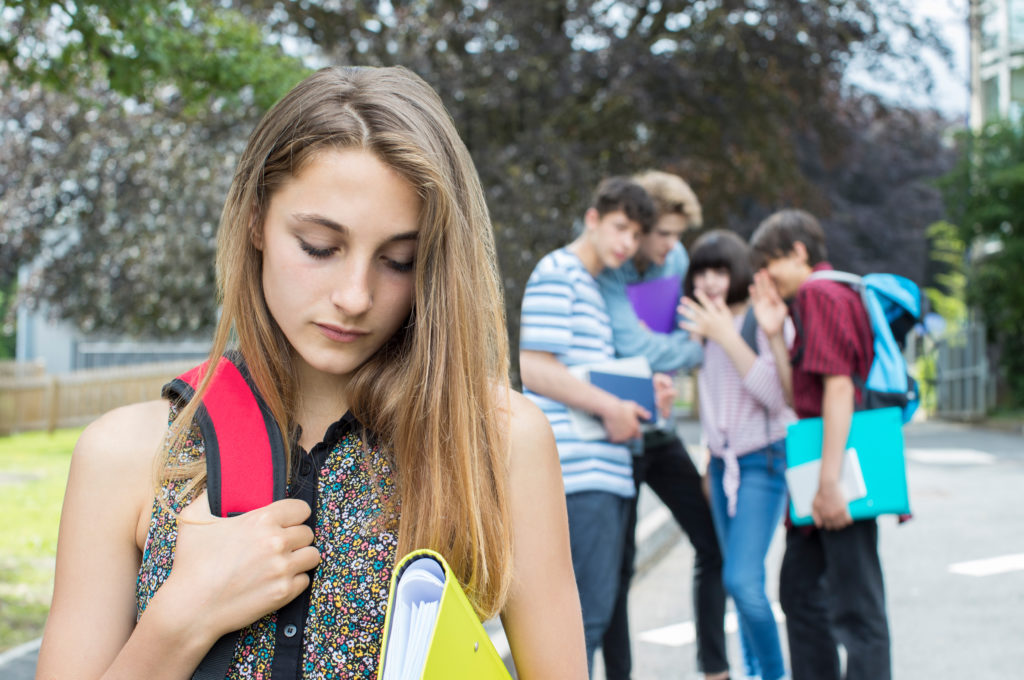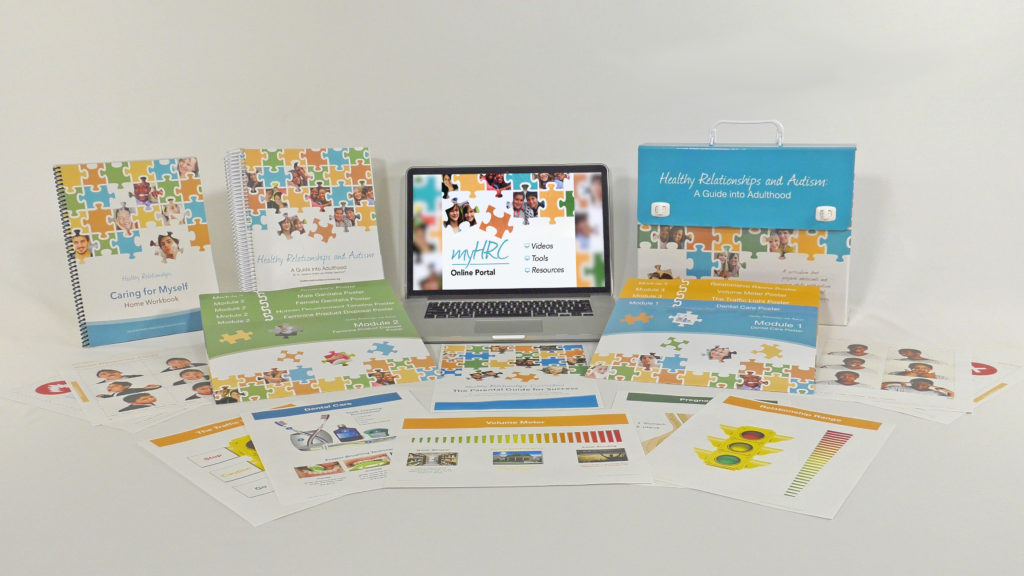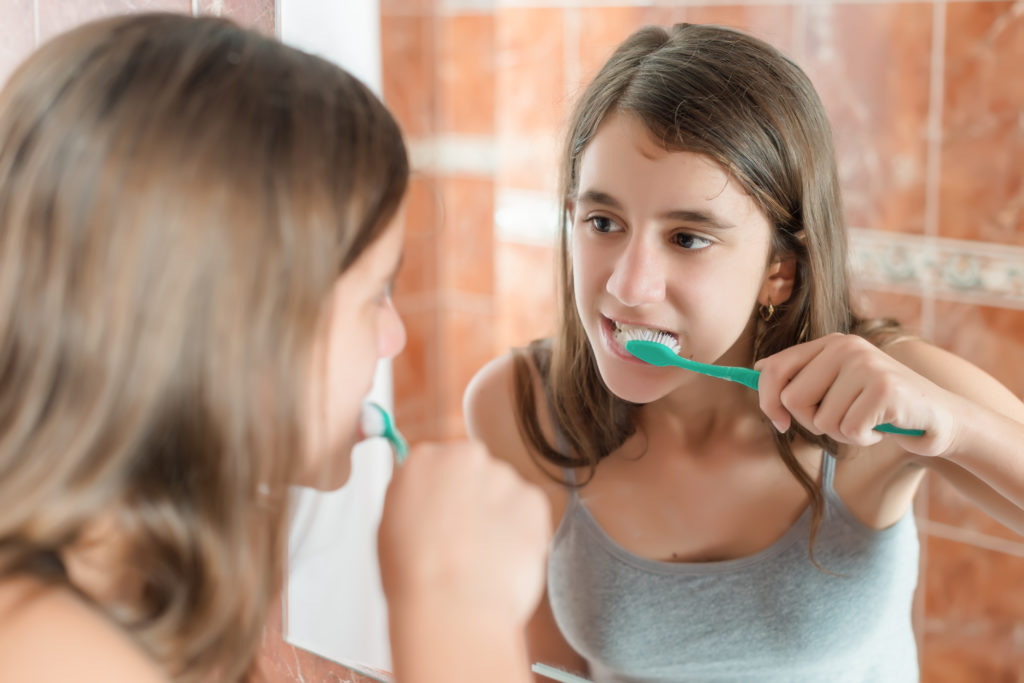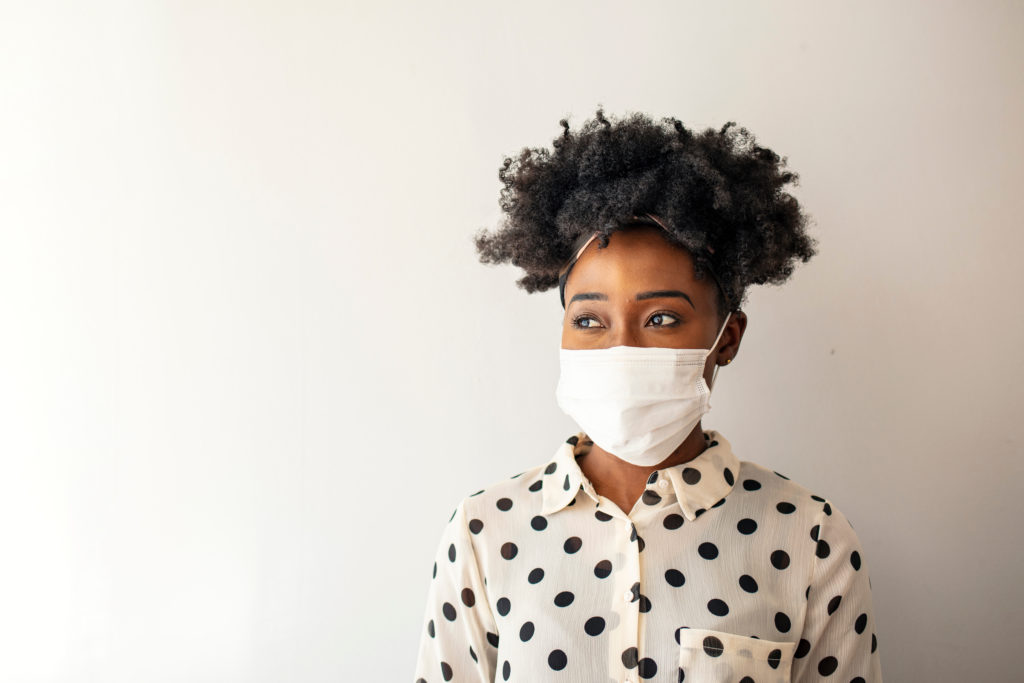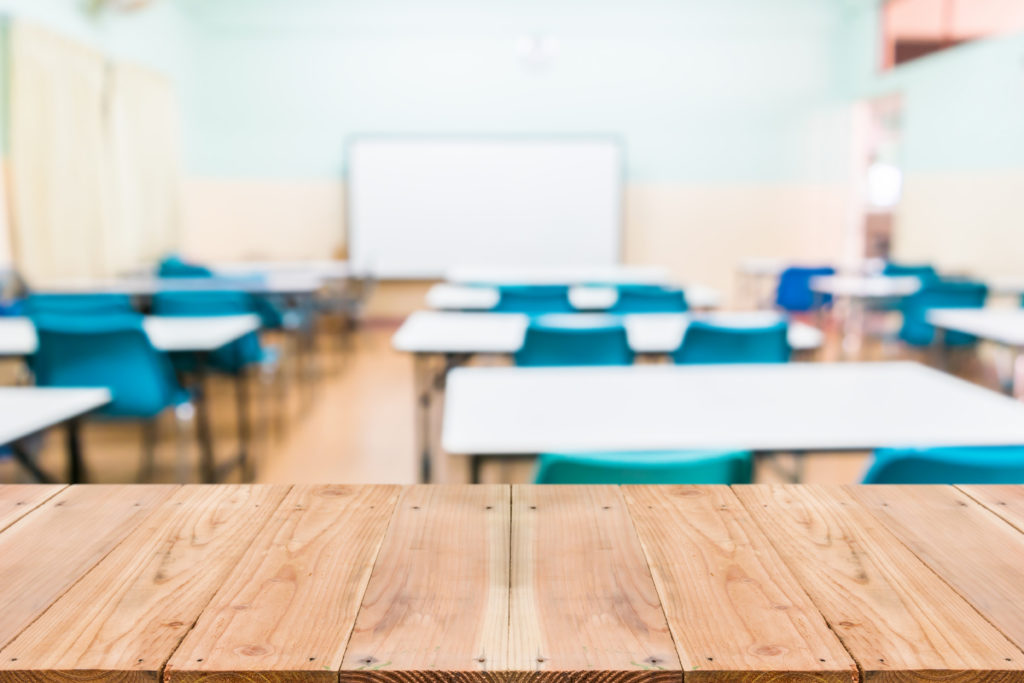We recently spoke with Jen Falkowski, M.Ed., from the Healthy Relationships Curriculum to learn how and why the program has been beneficial for special educators and schools across the nation during the pandemic.
Question: The COVID-19 pandemic has been incredibly difficult on so many individuals, especially educators, as they’ve had to adjust the way they teach. Tell us what you’ve been hearing from them.
Answer: The impact that the pandemic has had on our educators, students, and schools is truly nothing educators thought would happen in their lifetime. We’ll be feeling the effects of this pandemic long after it’s over. But, we’re about eight months into the pandemic and at this point, educators are in a routine. Obviously, many are exhausted and rightfully so. It’s hard to worry about your students’ health, the health of your colleagues, the parents, and your own health—while ensuring that your students with varying needs continue to receive quality education. While the modality of learning and school may have changed, I can affirm that the drive and motivation from the educators I’ve been working with has never been stronger.
Question: The Healthy Relationships Curriculum has been designed for students with varying needs in mind. Can you tell us why the pandemic has been especially difficult for them?
Answer: As a former special educator, I know that students with varying needs must have consistency and a routine. Our program contains planned activities for students and these activities meet them at their cognitive level and can be adjusted. Students with varying needs must have a learning environment that while structured can address concerns, issues, and questions as they arise.
Question: The Healthy Relationships Curriculum is a unique program because it can be taught in-person, virtually, or in a hybrid model. How has this format benefited both educators and teachers?
Answer: Many school districts are adjusting their class schedule to their local environment in an effort to keep students safe and going beyond the typical academics. If the virus is skyrocketing in a particular community, then that school district may cancel in-person classes for a few days, or even a few weeks. That’s why our program works so well. It’s highly adaptable and can be taught regardless of the school’s format. Our lesson plans, videos, and student activities can be taught whether a class is meeting in-person or the special educator is meeting with a student on a virtual format.

